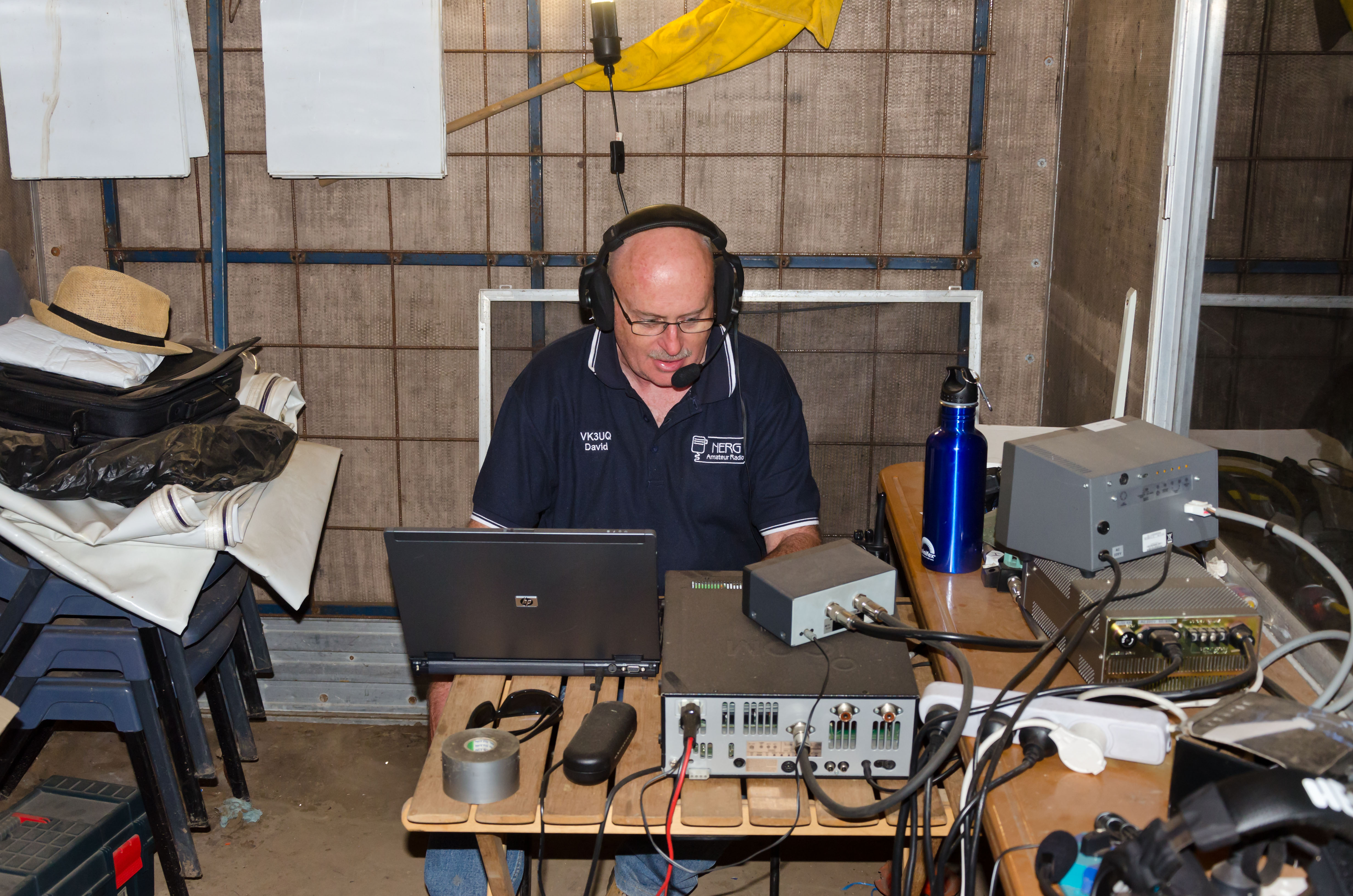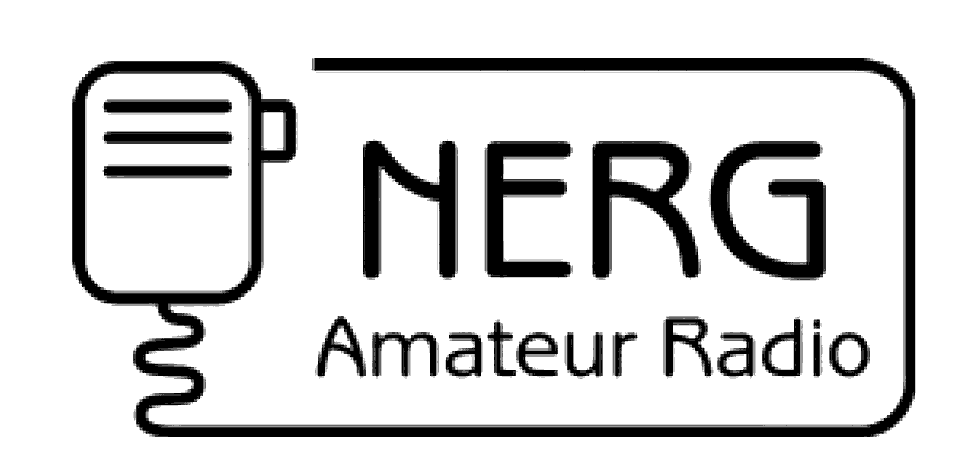Contesting
Contesting in Australia
Amateur radio contesting involves trying to contact as many other stations as possible in a fixed period of time.
Contests can be sponsored and organised by clubs, national bodies such as the Wireless Institute of Australia and the ARRL, magazines (several of the biggest international contests were sponsored by CQ magazine) and interested groups or individuals.
There are a number of contests run in Australia and these include (not an exhaustive list) – The Remembrance Day Contest, A number of field days including VHF/UHF and the John Moyle field day; The Ross Hull Contest; Oceania DX Contest; Trans Tasman Contest and several others. One that a lot of amateurs cut their teeth on is the Remembrance Day Contest (The RD) this is run on the weekend closest to the 15th August each year (Victory Pacific Day) and is held to remember those amateurs that gave their lives during WW2. While certificates are given for top scores in each category in each state the RD has always been an interstate contest with much rivalry between the states in the past. With the passing of the state divisions of the WIA this rivalry may reduce. It is considered by most participants as the “friendly contest” and this should be kept in mind as you operate!

David (VK3UQ) operating a portable station during the 2018 John Moyle Memorial Field Day
The rules for most of these contests can be obtained from the WIA website. (Under “Awards and Contests”). It is handy for everyone participating in the contest to know and understand the rules. Although many operators chose to “hand out a few a numbers” and their understanding does not have to be as in depth as the keen contester.
Usually some form of exchange of information more than the callsign and signal report is required. Most Australian contests require a serial number to be exchanges this usually starts at 001 and is incremented for each contact; many contests do not require a signal report. The exchange in the RD contest is the number of years you have been licensed – 01 for your first year. The rules may allow for stations to be worked multiple times – after three hours since the last contact in the case of the RD or once in every three hour block as is the case for the John Moyle field day. Thus all operators participating in the contest should keep a log and for those that are going to operate on more than a casual basis they should have available some form of checking if other stations have been worked and when they can be worked again.
For the casual operator without a computer, a ruler or card can be placed on the log which covers entries older than the rework time – thus don’t work any one whose callsign you can see in the log. For others a paper system can be devised that keeps track of contacts and prevents duplicate contacts or dupes as they are known. The best solution these days is to use a contest logging program and there are several named below. Note: Most contests now require logs to be submitted in a computer readable form so rather than have to transcribe your log after the contest a logging program is almost essential.
RD Contest
If you want to have a go at the RD contest. Suggested VHF frequencies for use around Melbourne are as follows: 6M 52.525 MHz FM, 52.1MHz SSB; 2M 146.500 MHz FM (if there is lots of activity try + or – 25 KHz or 146.550 Mhz), 144.250 MHz SSB; 70CM 439.0 MHz FM, 432.250 MHz SSB We try to encourage VHF activity as each contact gives two points to Victoria and none to another state, where as a HF contact gives a point to another state. Please remember if you operate in the contest then submit your log that is what the scoring is based on – SUBMITTED LOGS!
Computer Logging
After you have tried computer logging once; you will not go back to paper ever again it is just so great to have the computer tell you if you can work the station again and record all the information for you at the touch of a few keys. Then at the end of the contest, enter a few commands and you have the log ready to e-mail to the contest director. You can also transfer your contest log into your normal station log.
For a number of years the goto contest logging program for contests in Australia was VKCL by Mike Subock VK3AVV, unfortunately Mike died a few years ago and no one has taken on maintenance of VKCL. Therefore we recommend operators use N1MM+ Logger for all contests and use the User Defined Contests (UDCs) from Alan VK4SN for Australian specific contest, see https://www.vk4sn.com/Contests/N1MMVK
While N1MM+ appears complex at first it makes contesting so much easier and is well worth the effort of learning to use it properly. There are many features that you will come to love including CW keying, sending of voice messages ability to run two radios at the same time, networking features for all sorts of multi-operator environments and control of hardware like antenna switches etc.
I would strongly recommend that you use a rig interface, assuming that your rig supports one. This includes connecting up audio as well, which most will do to use digital modes anyway. There are numerous types available depending on your particular rig. Most ICOM rigs use the CIV interface and one of these can be constructed for a few dollars. I have used a homebrew one requiring a serial port (very similar to one at the bottom of this page), cost about $10, a commercial USB unit from PIEXX, cost US$59. Ian VK3MZ(SK) reported excellent results with a USB to ICOM CIV unit purchased on ebay for just $10 posted (in 2024 around $40), I have purchased one of these and it works fine. Yaesu rigs have a variety of interfaces some are similar to the ICOM ones above and just require a separate wire for Tx data and Rx data (ICOM have these hooked together) – I suggest that you search the internet for “yaesu cat cable”. I bought a USB to Yaesu cable for the NERG’s FT 897 from ebay for $10 posted (2024 $40) and it works just fine.
Kenwood radios also have similar interfaces and once again an internet search will return many examples one site I found was K0BX’s. PIEXX also have Kenwood interfaces. Electraft, ten tec and most other rig manufacturers have interfaces, most with direct RS232 cables. Many of the latest rigs, from all manufacturers have a USB interface built in so just need to be connected to the computer. Recently I was working on an interface for a kenwood radio and found that a cheap USB to TTL converter and a single 74LS04 Integrated circuit provided an ideal interface. The signals from the USB to TTL converter needed to be inverted using the 74LS04 to talk to the radio.
Paper logging
There are two things you will need – a log sheet and, if you plan on working a number of stations, a Dupe sheet which keeps track of who you have worked and when they can be worked again.
An example of a log sheet can be found here (Word document) and it is reasonably self explanatory. (Please note you may have to play with the header a bit to get it to print properly – it works OK on my computer but others have reported problems). As is normal amateur practice the time should be in UTC (GMT) and shown as such on the log sheet.
An example of a paper dupe sheet can be found here. (Word document) (Please note you may have to play with the header a bit to get it to print properly – it works OK on my computer but others have reported problems) The idea is to index on the last letter of the callsign and write the callsign of the station in the appropriate rectangle followed by the time at which they can be contacted again. Some operators put the time they worked the station but this means you have to do the mental addition every time you check the sheet, I prefer to to the maths once and then just compare the time. So for the RD contest where you had worked VK3CNE on a particular band at 0800Z the entry in the “E” row on that band’s dupe sheet would look like this:
| E | CN 1000 |
I do not to write the “E” on the end of the call as it is implied by the look up, nor do I write the “3” as that can be assumed – others choose to write the complete call. [Whatever you choose to do ensure that you do it the same way for every callsign entered, otherwise you will be very confused. This is especially important if you are part of a multioperator team in a contest; everyone must record the callsigns the same way! If you then worked VK5EE at 0815Z then the “E” row would look like this:
| E | CN 1000 5E 1015 |
This means that if you hear 3CNE or 5EE on the air you can check the sheet and see that you can work them after 1000Z and 1015Z respectively. Use a pencil to write the time in so that when things are a little slow you can work your way through the sheet and erase the times as they pass. Of course you enter a new time once you work the station again.
One of these “Dupe Sheets” is used for each band. I found it helpful to write the band in very large letters (almost full page high) with a highlighter to make it stand out late in the contest when I was getting tired. You may choose to use one for SSB and one for CW as contacts can be made on both modes, an alternative would be to use some form of indicator on the one sheet, perhaps a different colour or adding an S or C after the time.
The information given here is derived from a NERG coffee night held on Thursday 28th June 2007 and was updated on 12 April 2024 by Greg VK3VT. You can contact Greg at: vk3vt at nerg dot asn dot au

